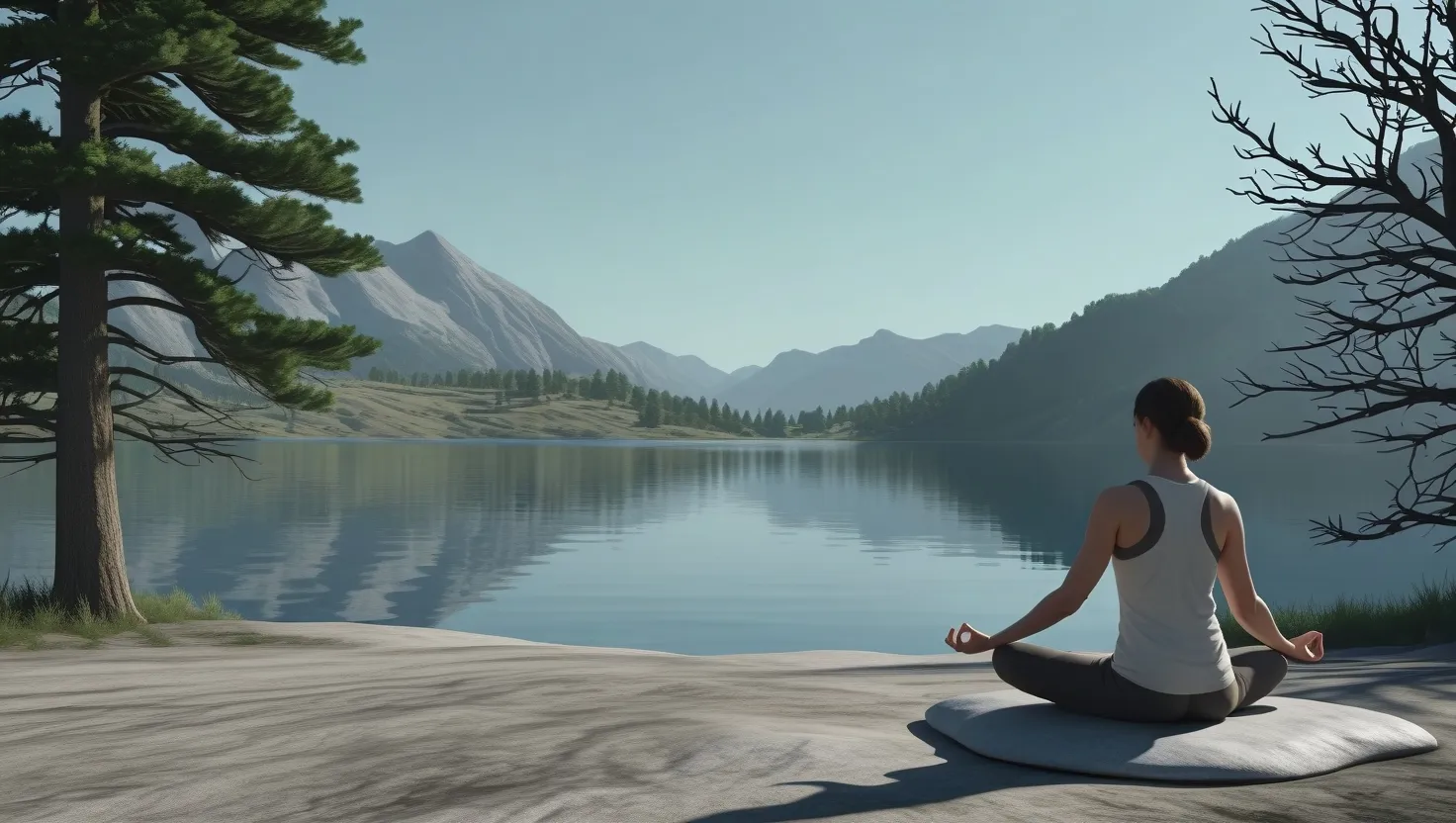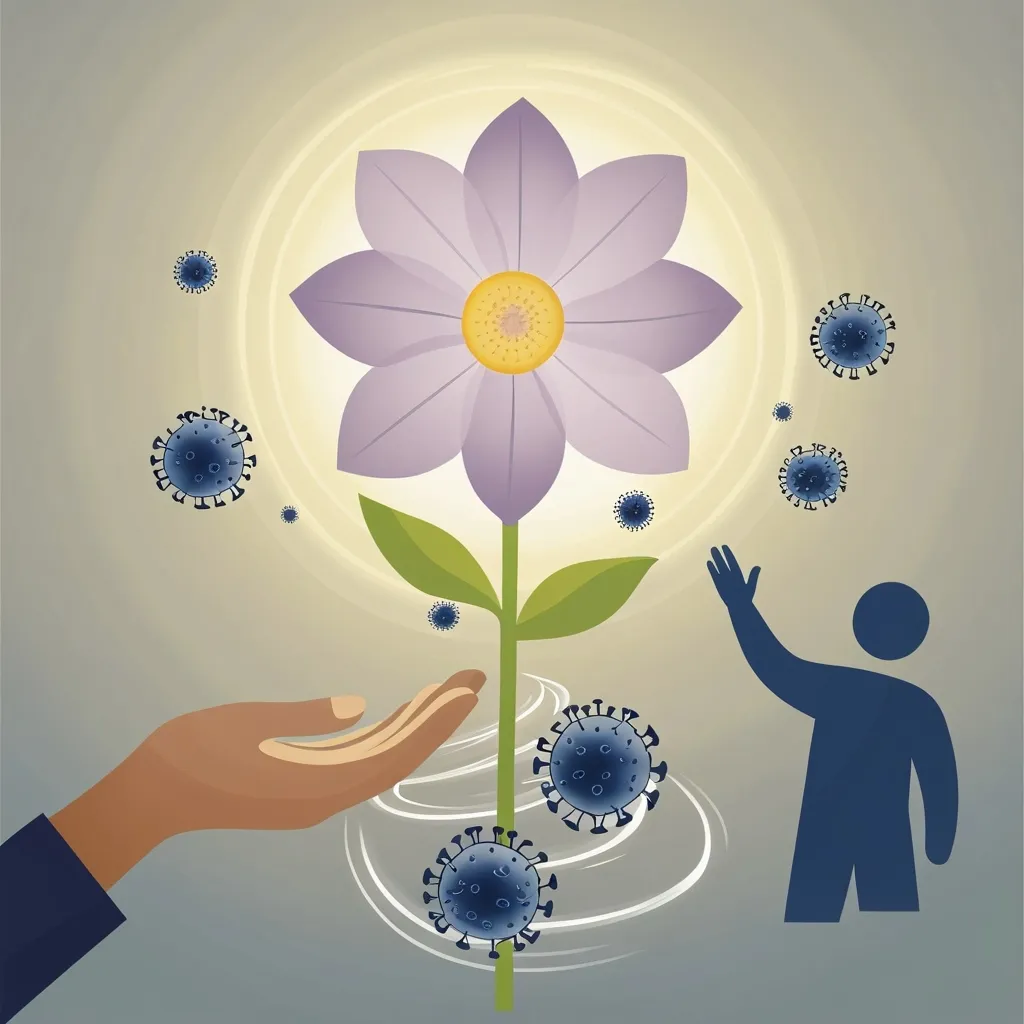In a world where the constant hum of technology and the cacophony of daily life can be overwhelming, a growing number of travelers are seeking a different kind of vacation – one that involves complete and utter silence. This trend, known as silent retreats, is not just a fleeting fad but a profound shift in how people are choosing to spend their leisure time.
Imagine waking up in a serene natural setting, surrounded by trees, rivers, or mountains, with no sound other than the gentle rustle of leaves or the soft chirping of birds. This is the essence of a silent retreat, where participants spend days or even weeks in complete silence, disconnected from the outside world and its myriad distractions. The idea may seem daunting at first, but for many, it has become a life-changing experience.
The concept of silent retreats is not new; it has roots in ancient spiritual practices where monks and hermits would retreat to isolated locations to meditate, reflect, and reconnect with their inner selves. However, in the modern era, this practice has evolved to include a wide range of retreat styles and locations. From the rolling hills of South Devon in the UK to the lush forests of Costa Rica, silent retreats are now a global phenomenon.
One of the primary drivers of this trend is the increasing stress and anxiety levels in modern life. In a world where we are constantly connected to our devices and bombarded with information, the need for a digital detox has never been more pressing. Silent retreats offer a unique solution by providing a space where participants can completely disconnect from technology and reconnect with nature and themselves. For instance, at places like the ARC Retreat Community in Minnesota, participants are encouraged to leave their cell phones behind and immerse themselves in the natural soundscape, allowing them to “regroup and reset” as one retreat regular put it.
The psychological and physiological effects of prolonged silence are significant. Studies have shown that silent retreats can lead to reduced stress levels, lower blood pressure, and improved sleep quality. Meditation and mindfulness practices, which are often integral to these retreats, have emotional and physical benefits, including enhanced creativity, increased patience, and a deeper sense of self-awareness. For example, a participant at a silent retreat in Massachusetts reported feeling a profound sense of calm and clarity after just a few days of silence, which she described as “life-changing.”
Cultural variations in retreat styles add another layer of diversity to this trend. In some retreats, like the Gaia House in the UK, participants can choose from a range of silent retreats that vary from weekends to week-long experiences, either solo or in groups. These retreats are often conducted in a strict silence, where even eye contact is minimized to allow for deep introspection. In contrast, places like the Moulin de Chaves in France offer a more relaxed atmosphere, with healthy vegetarian meals and accommodations that range from beautiful main houses to pre-erected tents.
The economic impact of this trend is also noteworthy. The wellness tourism market, which includes silent retreats, is projected to grow significantly in the coming years. According to forecasts, the U.S. wellness tourism market alone is expected to grow to over $421 billion by 2032, with silent retreats contributing a substantial portion of this growth. Travelers are willing to pay a premium for these experiences, with some retreats costing as much as $600 per night.
Despite the many benefits, silent retreats are not without their challenges. For first-timers, the idea of spending hours or days in silence can be intimidating. It requires a certain level of mental preparation and acceptance of the fact that you have nothing to do but be present. As one experienced retreater advised, it’s best to start slow, perhaps with just a few hours or one night of silence, before working your way up to longer periods.
The impact of silent retreats extends beyond the individual to reshape broader societal attitudes towards leisure, communication, and personal growth. In a world where constant connectivity is the norm, the idea of choosing silence as a form of vacation challenges traditional notions of what it means to relax and recharge. For instance, the Australian state of Tasmania has seen success with its Off Season campaign, which promotes traveling during the less crowded winter months to experience the island’s serene landscapes and quiet activities like stargazing and nocturnal animal spotting.
Moreover, silent retreats are influencing how we think about communication. In an era where social media dominates our interactions, the silence of these retreats forces participants to engage in deeper, more meaningful forms of communication – or sometimes, no communication at all. This can lead to a greater appreciation for the value of silence in our daily lives and a recognition that sometimes, the most profound connections are those we make with ourselves.
In conclusion, the rise of silent retreats is more than just a wellness trend; it’s a reflection of our collective desire to find balance and well-being in a fast-paced, hyper-connected world. As we continue to navigate the complexities of modern life, the allure of silence – not as an absence, but as a presence – is becoming increasingly appealing. Whether you’re seeking to reduce stress, enhance self-awareness, or simply find a moment of peace, silent retreats offer a unique and transformative experience that can change your life in profound ways.
As the world becomes noisier and more interconnected, the value of silence will only continue to grow. For those who have experienced it, the silence is not just a absence of sound but a presence that fills the soul. It’s a reminder that in the stillness, we can find what we’ve been searching for all along – peace, clarity, and a deeper connection to ourselves and the world around us.






